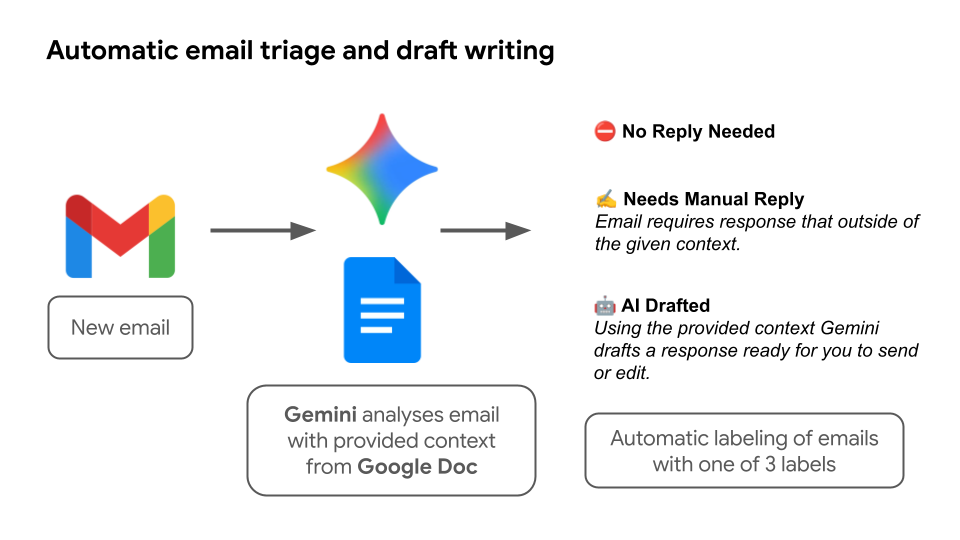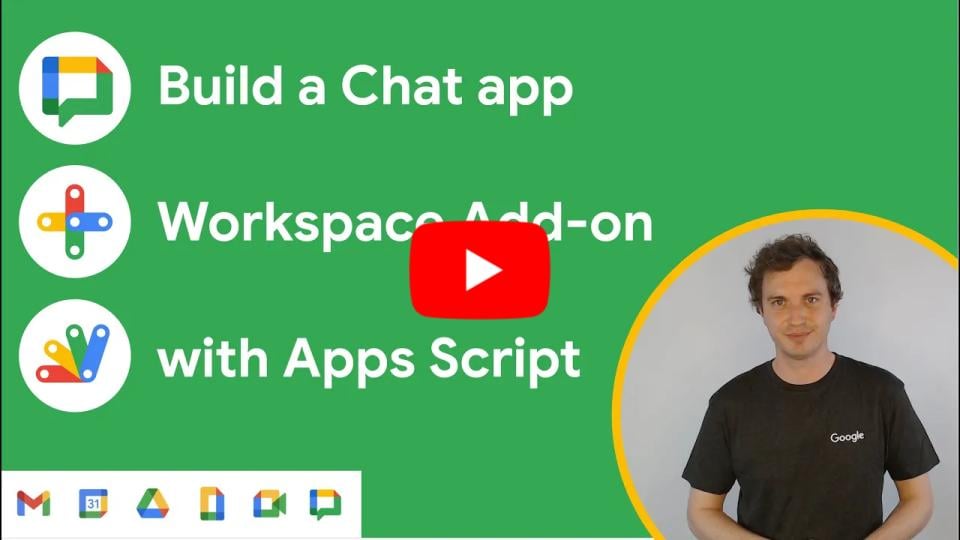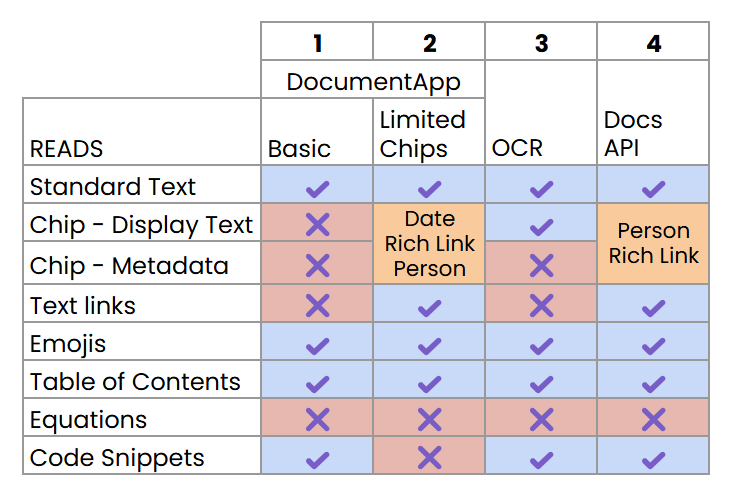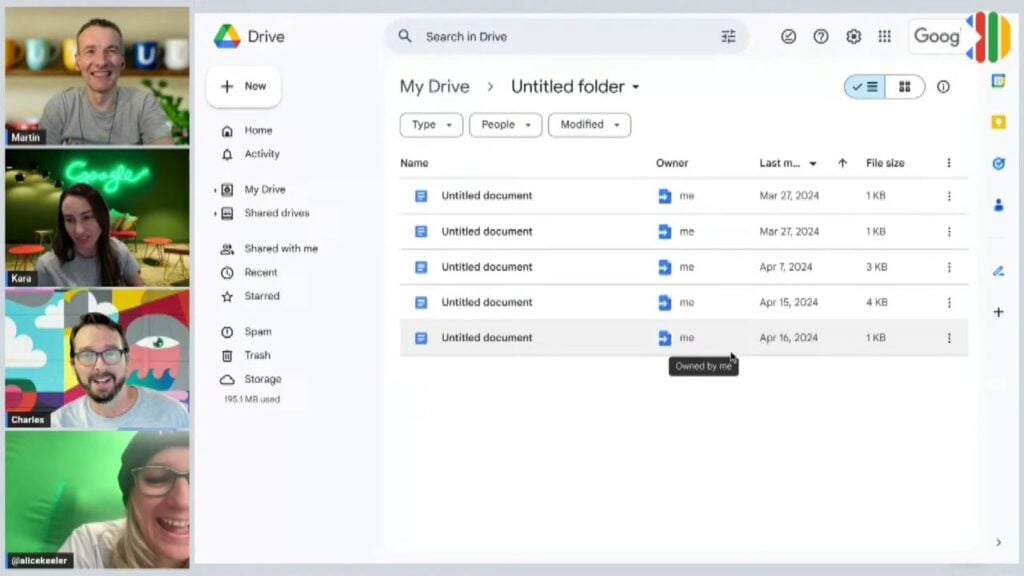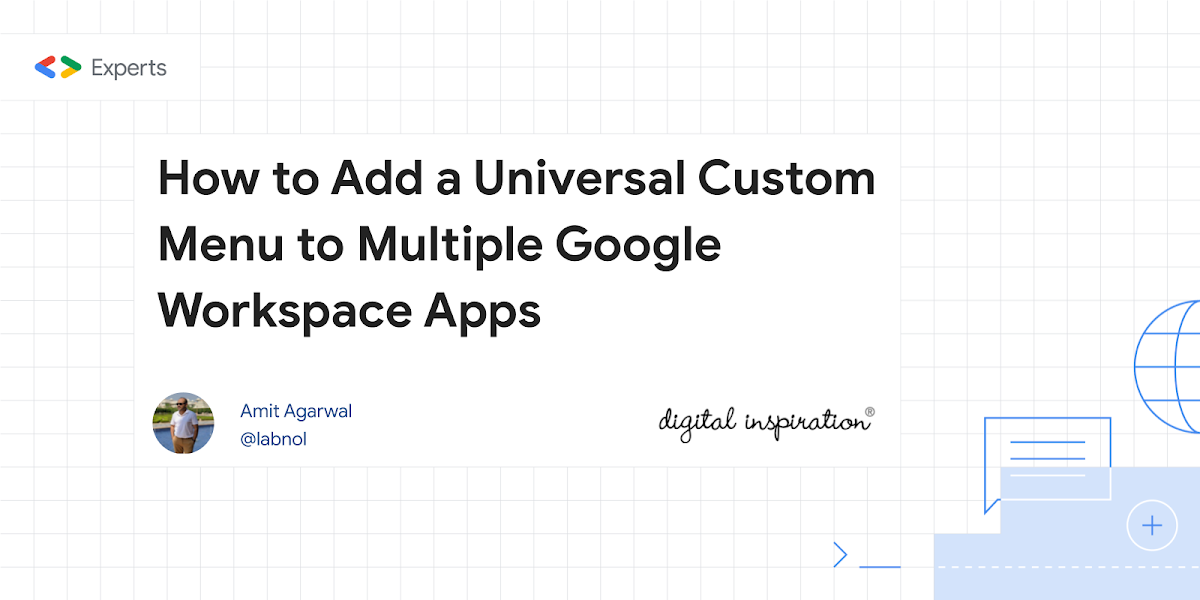🤖 AI-powered Gmail assistant that automatically analyzes emails and drafts responses using Google’s Gemini AI
Google is rapidly integrating Gemini across the Workspace platform, bringing powerful AI features directly into the tools we use every day. While these native integrations offer incredible value, developer-led solutions provide a tantalising glimpse into the future of hyper-personalised automation, especially as we look toward the potential of the new Google Workspace Flows. This is where the real magic begins, allowing for custom agents that can handle complex, multi-step tasks.
Google Developer Advocate Zack Akil has created one such example solution that turns your Gmail inbox into a smart, automated assistant. His open-source project, the “AI-got-this-gmail-delegator,” is a Google Apps Script that uses the Gemini API to analyse incoming emails, categorise them, and even draft replies based on your own knowledge and writing style.
This project is a great example of how to combine the power of Google Workspace automation with the intelligence of modern AI. The script works by:
- Analysing Incoming Emails: When a new email arrives, the script sends the content to the Gemini API for analysis.
- Providing Context: The AI’s analysis is guided by a “knowledge base” that you provide in a Google Doc. This could include your role, common responses, or specific project details.
- Intelligent Triage: Based on the email’s content and your knowledge base, the script decides whether the email needs a reply, requires manual intervention, or can be archived.
- Drafting Replies: For emails that need a response, the script uses Gemini to generate a draft reply in your own writing style, ready for you to review and send.
The entire process is logged in a Google Sheet, giving you a complete overview of your AI assistant’s activity.
What makes this project so compelling is its practicality and customisability. By modifying the Google Doc knowledge base and the writing style prompts, you can create a personalised email assistant that understands the nuances of your work.
To explore the code and set up your own AI email delegator, check out the project on GitHub.
Source: GitHub – ZackAkil/AI-got-this-gmail-delegator

Member of Google Developers Experts Program for Google Workspace (Google Apps Script) and interested in supporting Google Workspace Devs.
